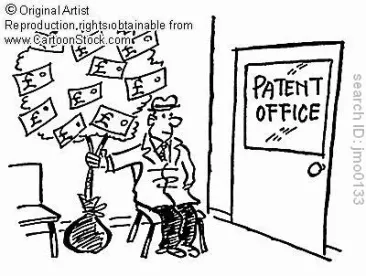The USPTO has now issued a new set of rules for practice before the PTAB. The new rules, which constitute a finalized version of an earlier proposal made available for public commentary in August of 2016, amend the existing trial practice rules in place for IPR, PGR, and CBM proceedings. Under the new rules:
-
a patent owner will be allowed to submit testimonial evidence, such as expert declarations, in its patent owner preliminary response, although “if a genuine issue of material fact is created by testimonial evidence, the issue will be resolved in favor of petitioner solely for institution purposes, so that petitioner will have an opportunity to cross-examine the declarant during the trial;”
-
certain papers filed in a proceeding will require a Rule 11-type certification, and attorneys may be sanctioned for violations such as failing to conducti an adequate investigation prior to filing the petition;
-
the Board will continue to use the broadest reasonable interpretation (BRI) claim construction standard, except that in cases where the claims of the challenged patent will expire before the final written decision, the Board will use the Phillips-type district court standard; and
-
major briefings, including the petition, patent owner preliminary response, patent owner response, and petitioner’s reply brief, will now be subject to word count limits rather than the current page limits.
The USPTO declined to institute a pilot program that had been proposed under which a single judge, rather than the three-judge panel, would decide whether to institute certain proceedings.
According to the USPTO, it “will amend its Office Patent Trial Practice Guide to reflect these rule changes and developments in practice concerning how the USPTO handles motions to amend, additional discovery, real party-in-interest and privy issues, and confidential information.”
The new rules are set to take effect in 30 days, i.e., on May 2, 2016. The corresponding Federal Register Notice can be found here.



 />i
/>i

